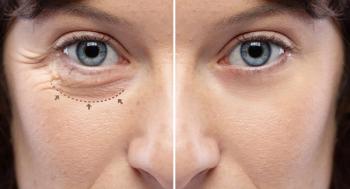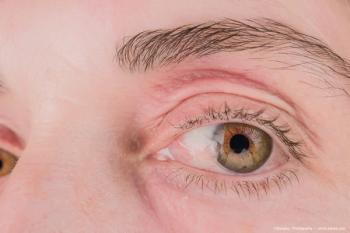
FDA waives red flag over eye drops for potential risk of eye infection
Patients who have signs or symptoms of an eye infection after using these products should talk to their health care provider or seek medical care immediately.
The FDA today announced it is urging consumers to avoid the purchase of and to stop using
According to a news release,1 patients who have signs or symptoms of an eye infection after using these products should talk to their health care provider or seek medical care immediately.
These products are marketed under the following brands:
- CVS Health
- Leader (Cardinal Health)
- Rugby (Cardinal Health)
- Rite Aid
- Target Up&Up
- Velocity Pharma
The FDA warned that the products are intended to be sterile and noted that ophthalmic drug products pose a potential heightened risk of harm to users because drugs applied to the eyes bypass some of the body’s natural defenses.
According to the news release, the FDA urged the manufacturer of these products recall all lots on October 25, 2023, after agency investigators found insanitary conditions in the manufacturing facility and positive bacterial test results from environmental sampling of critical drug production areas in the facility.
Moreover, FDA also suggests that consumers
CVS, Rite Aid and Target are removing the products from their store shelves and websites. Products branded as Leader, Rugby and Velocity may still be available to purchase in stores and online and should not be purchased, according to the FDA’s news release.
According to the news release, the FDA has not received any adverse event reports of eye infection associated with these products at this time. FDA encourages health care professionals and patients to report adverse events or quality problems with any medicine to
- Complete and submit the report online at
Medwatch ; or - Download and complete the
form , then submit it via fax at 1-800-FDA-0178.
Earlier this year, the Dry Eye Foundation issued a warning against the use of certain eye drops marketed for use in the United States.
From ingredients that should not be included to ingredients that should be but are not, and improper storage and manufacturing, Sandra Brown, MD, Dry Eye Foundation board member and medical advisor, noted April 2023. The organization has been sounding the alarm since the beginning of 2022.
In April 2022, the Dry Eye Foundation alerted the FDA to 2 brands of unapproved biologic eye drops being distributed commercially as prescription drugs.
Reference
1 FDA warns consumers not to purchase or use certain eye drops from several major brands due to risk of eye infection. FDA. Published online on October 27, 2023. Accessed October 30, 2023. https://www.fda.gov/drugs/drug-safety-and-availability/fda-warns-consumers-not-purchase-or-use-certain-eye-drops-several-major-brands-due-risk-eye#eyedrops
Newsletter
Don’t miss out—get Ophthalmology Times updates on the latest clinical advancements and expert interviews, straight to your inbox.









































